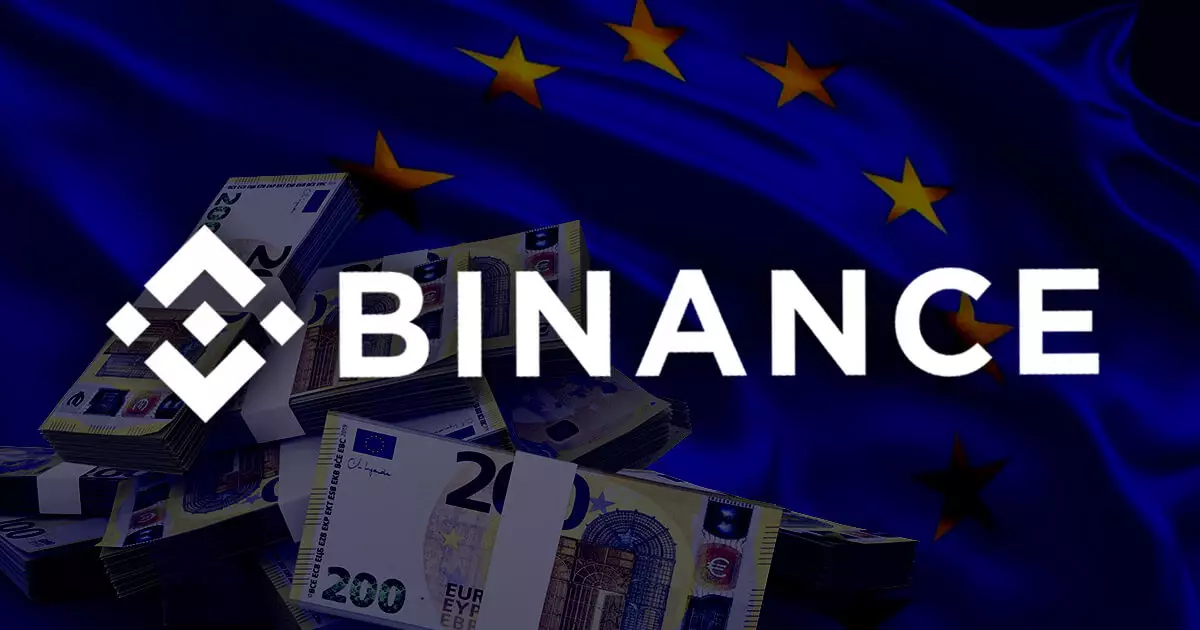Binance recently announced its decision to limit the availability of “unregulated stablecoins” in the European Union by June 30. This move comes in anticipation of the Markets in Crypto-Assets Regulation (MiCA) that is set to be enforced soon. The exchange mentioned that certain stablecoins may not adhere to the new regulations and will therefore be subject to restrictions. While the specific stablecoins affected were not disclosed, Binance highlighted that this step marks the beginning of entering the new regulatory framework and will have a significant impact on the stablecoin market in the European Economic Area (EEA).
Phased Approach to Compliance
To align with the upcoming stablecoin regulations in Europe, Binance is planning to implement a phased approach. Users will be given the opportunity to convert their holdings in unregulated stablecoins to alternative digital assets such as Bitcoin, Ethereum, regulated stablecoins, and fiat currencies. These transitional measures aim to facilitate EEA users in transitioning to Regulated Stablecoins without causing market disruption and while adhering to MiCA stablecoin rules. Additionally, Binance will impose restrictions across its product range to prevent users from accessing new products or services that involve unauthorized stablecoins.
Industry Response and Compliance
Major crypto exchanges like Kraken and OKX are also working towards compliance with the new regulations. This may involve the removal of Tether’s USDT stablecoin from their platforms. On the other hand, Circle and its USDC stablecoin seem well-prepared to meet the regulatory requirements. Circle’s proactive approach includes applying for an Electronic Money Institution (EMI) license and securing conditional registration in France. This strategic move aligns with the EU’s MiCA regime and positions Circle favorably in the changing regulatory landscape. Dante Disparte, Circle’s Chief Strategy Officer, emphasized the importance of MiCA, highlighting that it should not be overlooked by the crypto industry.
Binance’s decision to limit unregulated stablecoins in the EU signifies a significant shift towards regulatory compliance within the cryptocurrency market. As the industry prepares for the implementation of MiCA regulations, crypto exchanges and stablecoin issuers must adapt to the evolving regulatory environment to ensure continued operation within the EEA. This proactive approach may lead to the removal of certain stablecoins from platforms but also presents opportunities for compliant digital assets to thrive in the regulated market landscape. The enforcement of MiCA regulations is set to reshape the stablecoin market in Europe, paving the way for a more secure and compliant ecosystem for crypto investors.

